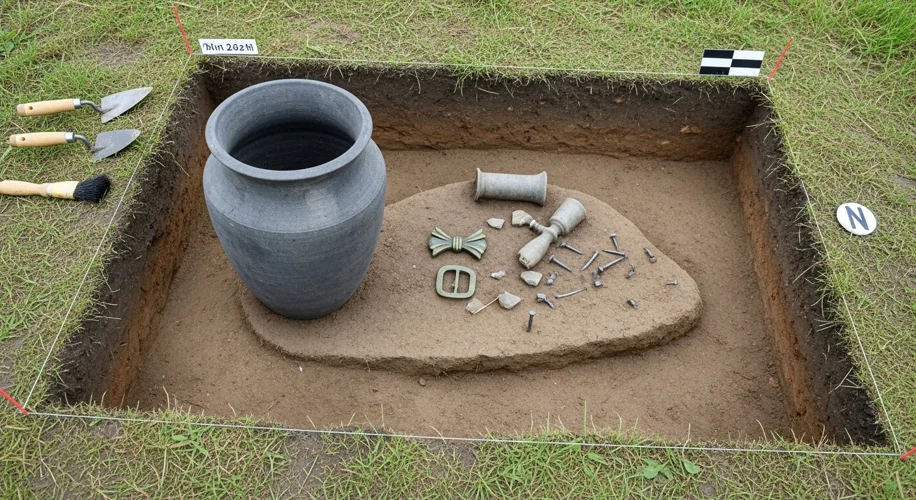Hello fellow history enthusiasts! Rowan here.
While my usual focus is the 18th century, I recently stumbled upon a fascinating archaeological discovery that offered a unique window into much older times: a Gallo-Roman cremation cemetery in Pommerœul, Belgium. It got me thinking about how we, as humans, have approached death and remembrance across vast stretches of time.
This particular site, dating back to the Gallo-Roman period, provides invaluable insights into burial practices. Cremation was a common rite, but the way remains were handled, the grave goods included, and the placement of the burials all tell stories about the individuals and the society they lived in. Archaeologists have found various artifacts alongside the cremated remains, which help us understand social status, beliefs, and the connections between people.
What’s particularly intriguing about sites like Pommerœul is the potential to explore the nuances of ancient cultures. The Gallo-Roman period itself was a time of transition, where local Celtic traditions merged with Roman influences. Burial customs often reflect these cultural shifts. Examining how a community honored their dead can reveal a great deal about their social structures, their worldview, and their interactions with neighboring peoples.
Sometimes, archaeological findings challenge our preconceived notions. The careful handling and arrangement of remains, even after cremation, can speak to a deep respect for the departed. It makes you wonder about the personal stories behind each pot or each handful of ashes. Were these elaborate ceremonies for everyone, or reserved for specific individuals? What do the grave goods truly represent – personal possessions, symbolic items, or offerings for an afterlife?
While my expertise lies in a later era, the fundamental human experience of loss and remembrance connects us across millennia. Discoveries like this Gallo-Roman cemetery remind us that history isn’t just about grand events and famous figures; it’s also about the everyday lives, the rituals, and the enduring legacy of ordinary people. It’s a humbling reminder of our shared human journey.
Until next time, keep exploring the past!

